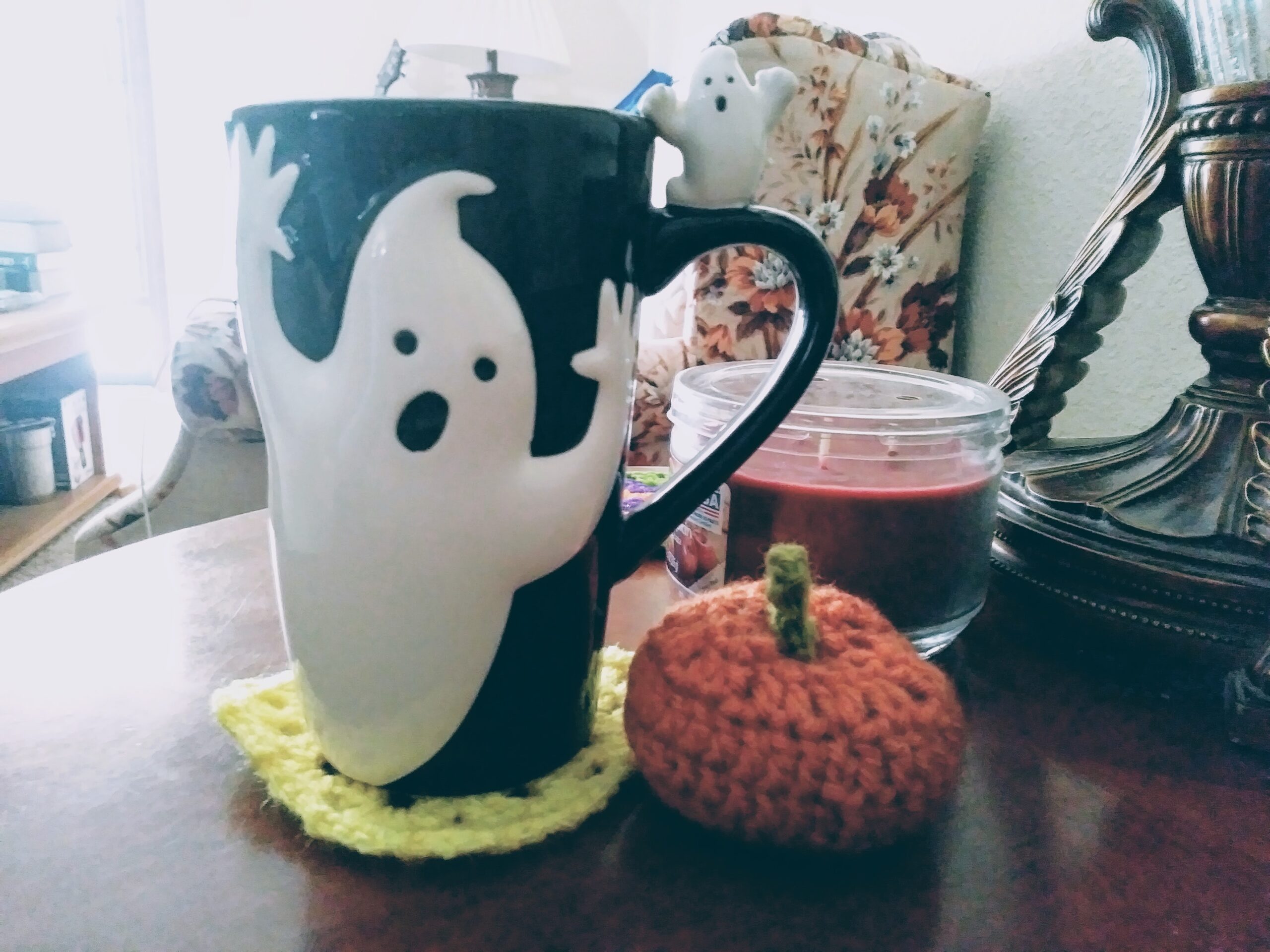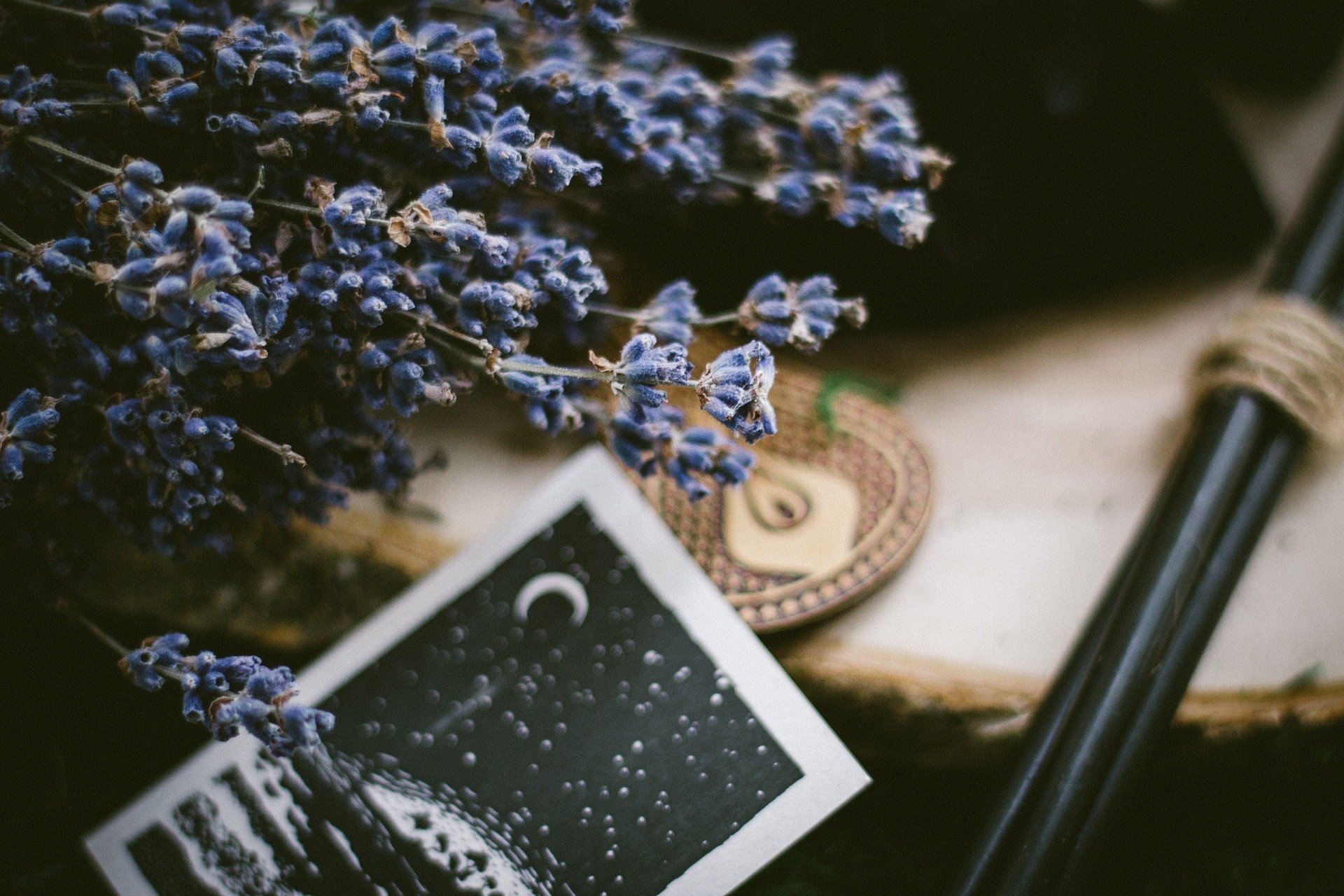 Since the weather turned colder, I’ve been having a heck of a time with chapped lips. I ran out of my Blistex a few weeks ago, and since we’ve been on a tight budget, I’ve been trying my best to do without it and make do with what we have around the house. But after trying lip gloss, facial lotion, olive oil, coconut oil, steam and plain ol’ exfoliation, each alone and in various combinations, my poor lips have just gotten more and more chapped and uncomfortable.
Since the weather turned colder, I’ve been having a heck of a time with chapped lips. I ran out of my Blistex a few weeks ago, and since we’ve been on a tight budget, I’ve been trying my best to do without it and make do with what we have around the house. But after trying lip gloss, facial lotion, olive oil, coconut oil, steam and plain ol’ exfoliation, each alone and in various combinations, my poor lips have just gotten more and more chapped and uncomfortable.
So at last I decided to see if we’ve got the ingredients on hand to make some lip balm that actually works.
There are a lot of different recipes and instructions for DIY lip balm to be found online, but most of them use either shea butter or bee’s wax, neither of which I have on hand. Since the goal is to use what I already have, I considered experimenting with melting some wax from a paraffin candle, but I’d really rather save my candles for power outages. So, with this 2-ingredient recipe as a guide, I decided to keep it simple and forego the wax.
The first step was to find a container for my homemade lip balm. I rummaged around in my beauty supplies and found an old pot of Mary Kay eye mask gel that was almost empty and should really have been used up or tossed out years ago. Voila!
After tossing the eye gunk and cleaning the pot, it occurred to me that it was made of microwave safe glass*. Since I didn’t want to make a large amount at this experimental stage, I skipped using a double boiler to soften the coconut oil. Instead I just put a spoonful directly into the pot and microwaved it a few seconds at a time until it was soft enough to stir with a toothpick.
Next, I added a little bit of honey — about one-fourth to one-half of a teaspoon. I also wanted to add some aloe vera juice, so I pinched a small frond off of my aloe plant and squeezed a little bit in there. Unfortunately, though, my aloe plant isn’t very healthy, so it didn’t yield as much aloe as I’d hoped. I ended up having to scrape off what turned out to be a very snot-like green aloe substance and stir that into the mix.
Here’s what my concoction looked like at this point:

Finally, I topped the whole thing off with a small drizzle of extra-virgin olive oil, gave it a good stirring, capped it and popped it into the fridge to harden. After a couple of hours, it was good to go. Here’s the final result:

The verdict: Pretty disappointing, actually. I tried using it for a couple of days to be sure I gave it a fair chance, but it just wasn’t doing anything to help my lips, which were cracked and bleeding at this point. It seemed to be evaporating off of my mouth faster than the oil could soak in, leaving them even drier in the process.
And then I realized that the honey had separated from the oils and settled at the bottom of the container. Well, no wonder! I was basically just putting straight coconut oil on my lips, which I had already established didn’t work.
At this point I was wondering if adding wax would help prevent the separation. So I popped off the lid and shaved a little bit of paraffin wax off of an old candle on top of the mixture. Then I popped the whole thing in the microwave for 20 seconds, after which I stirred it as thoroughly as I could, making sure that the honey was getting picked up from the bottom and mixing with the oils and wax.
I think this is probably where making a large batch gives you an advantage, if you have something in which to store it all. With a larger amount I’d have been working in a larger bowl, which would have made it possible to whip everything together with a whisk. As it was, stirring it in such a tiny pot with a toothpick, it didn’t all gel together as well as I’d hoped.
Still, eventually I stirred it about as well as possible, then put the lid back on and placed it back in the fridge, this time upside down, so that at least if the honey separated it would end up on top. Also, this time I went back and gave it another stir every ten minutes or so while it was still soft enough to do so.
The final result, take two:

The verdict, take two: Success! As you can see, there was still some separation between the oil and honey, but this time it was more like a honey swirl throughout, and adding the paraffin gave it more of the consistency of lip balm that I’m used to. But the best part, of course, is that when I applied it my lips felt instant relief. After a few more applications, they almost feel completely back to normal. The only downside, if you want to call it that, is that I can taste the honey and it’s a challenge not to keep licking my lips!
I think next time I’ll add a slightly higher ratio of paraffin (unless I get a hold of some bees wax by then), and I’ll also make a bigger batch so I can whisk everything together more thoroughly. This is probably one of those things that you can’t make too much of. Not only am I likely to go through it quickly, but it would also make a great gift for the less crafty or DIY-inclined women in my life.
*My husband pointed out (after the fact) that, since this is cosmetics-grade glass and not food-grade, I don’t know for certain whether it’s microwave safe. So proceed with caution if you decide to chuck a glass container in the microwave all willy-nilly like I did.
Have you ever tried making lip balm? What recipe did you use? Share your lip balm trials and triumphs in the comments! And for more great DIY ideas, check out this week’s Homemade Monday at Frugal By Choice!


0 Comments
Linda · December 8, 2013 at 9:40 pm
I use one cup beeswax, one cup coconut oil and one cup olive oil in a double boiler until melted then pour into skinny ice trays for bottled drinks until hard. Pop out and keep in sandwich bag. Recipe can be cut down. Never use candle wax in cosmetics. You can use soy wax . The wax left over from a soy candle is excellent for your hands or body as a cream. It probably will do as a lip balm also. Love your site. LFM
Jean · December 9, 2013 at 11:51 am
Thanks for sharing your recipe, Linda. Of course, paraffin wax wasn’t my first choice, but like I said, I was desperate and forced to use what I already had on hand. It got the job done, but it’s definitely not the best choice.
Thanks for commenting!
28 Frugal and Natural DIY Holiday Ideas (Link Roundup) | A Sensible Wife · December 9, 2013 at 10:21 am
[…] (…and of course there’s always my DIY lip balm recipe) […]